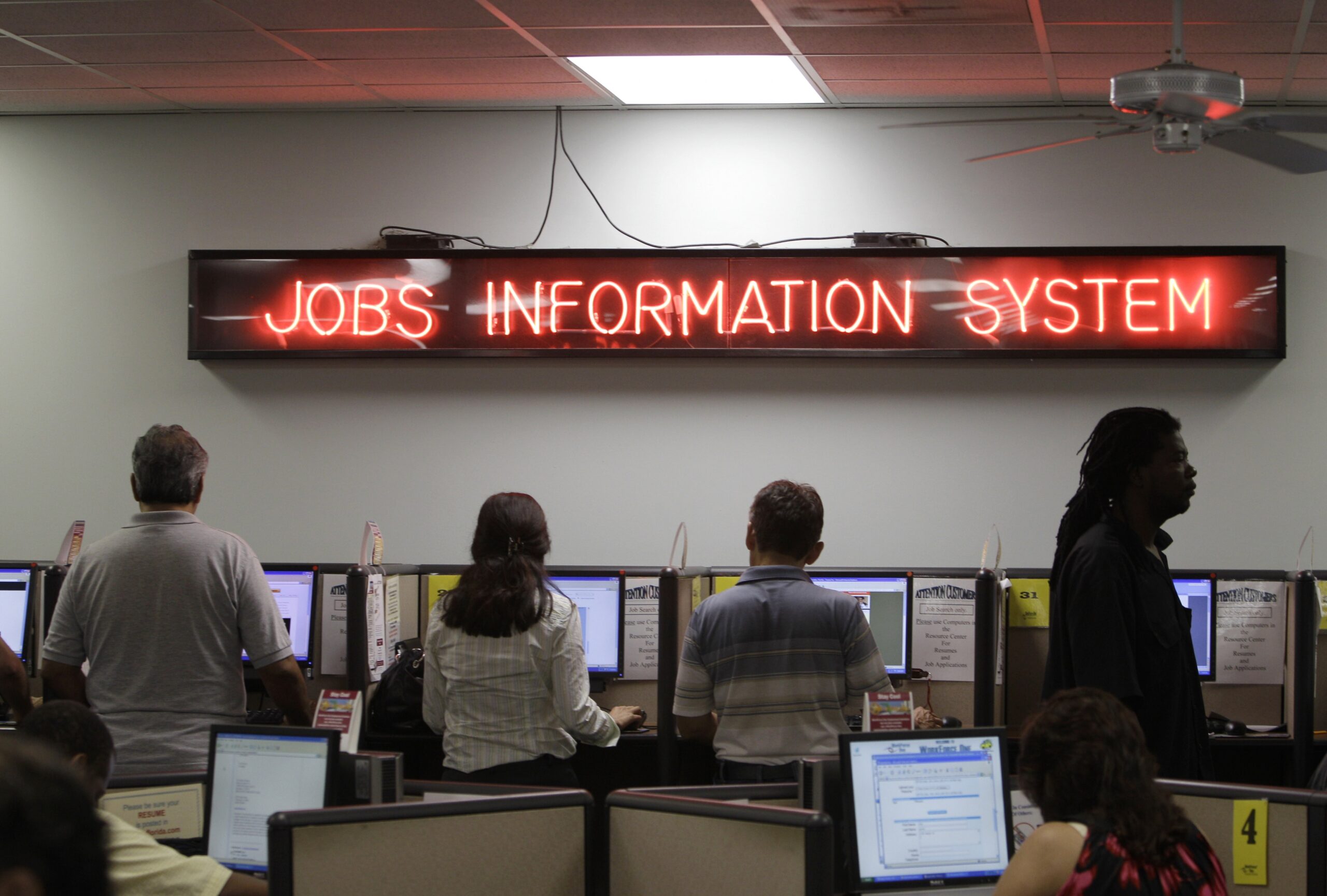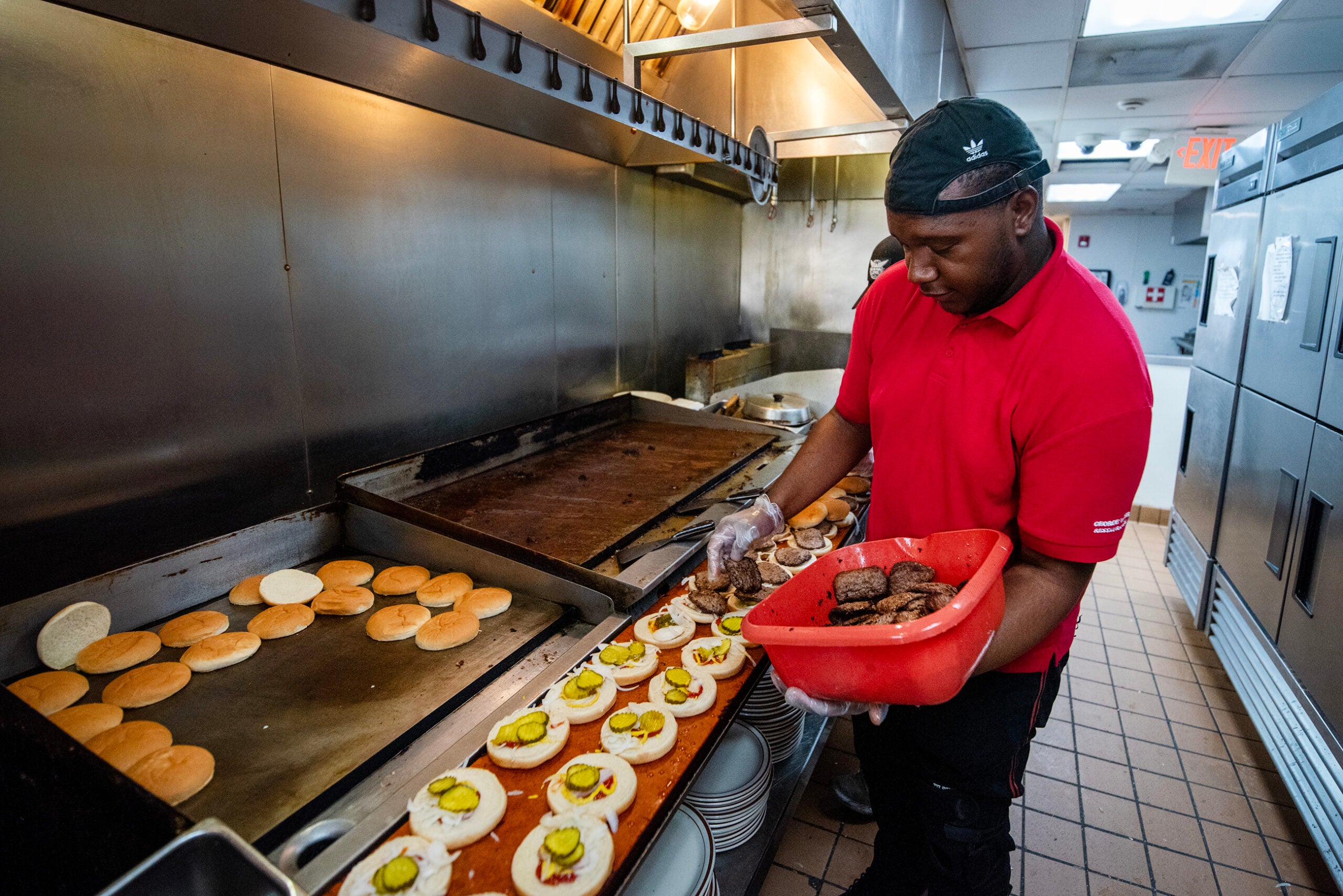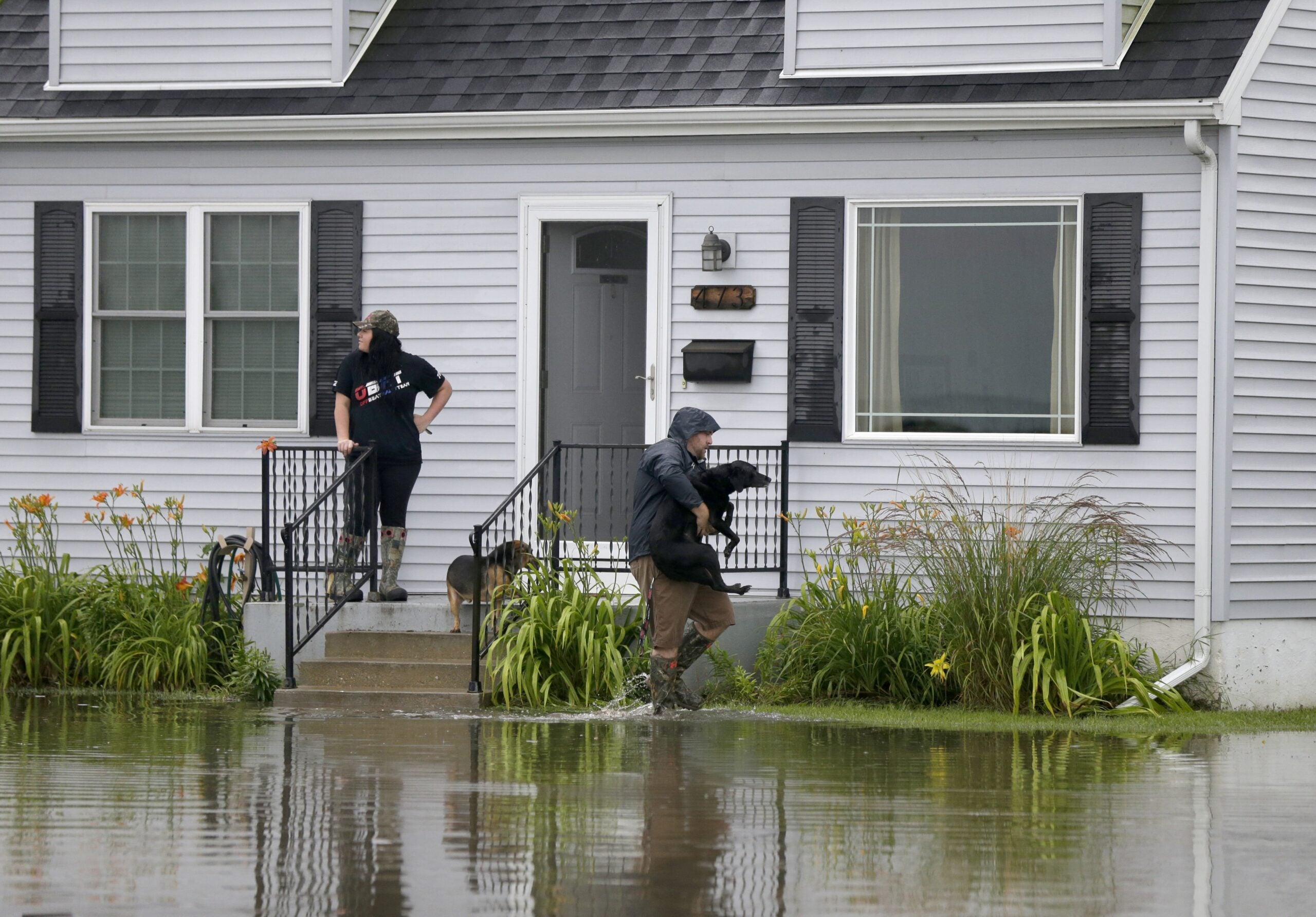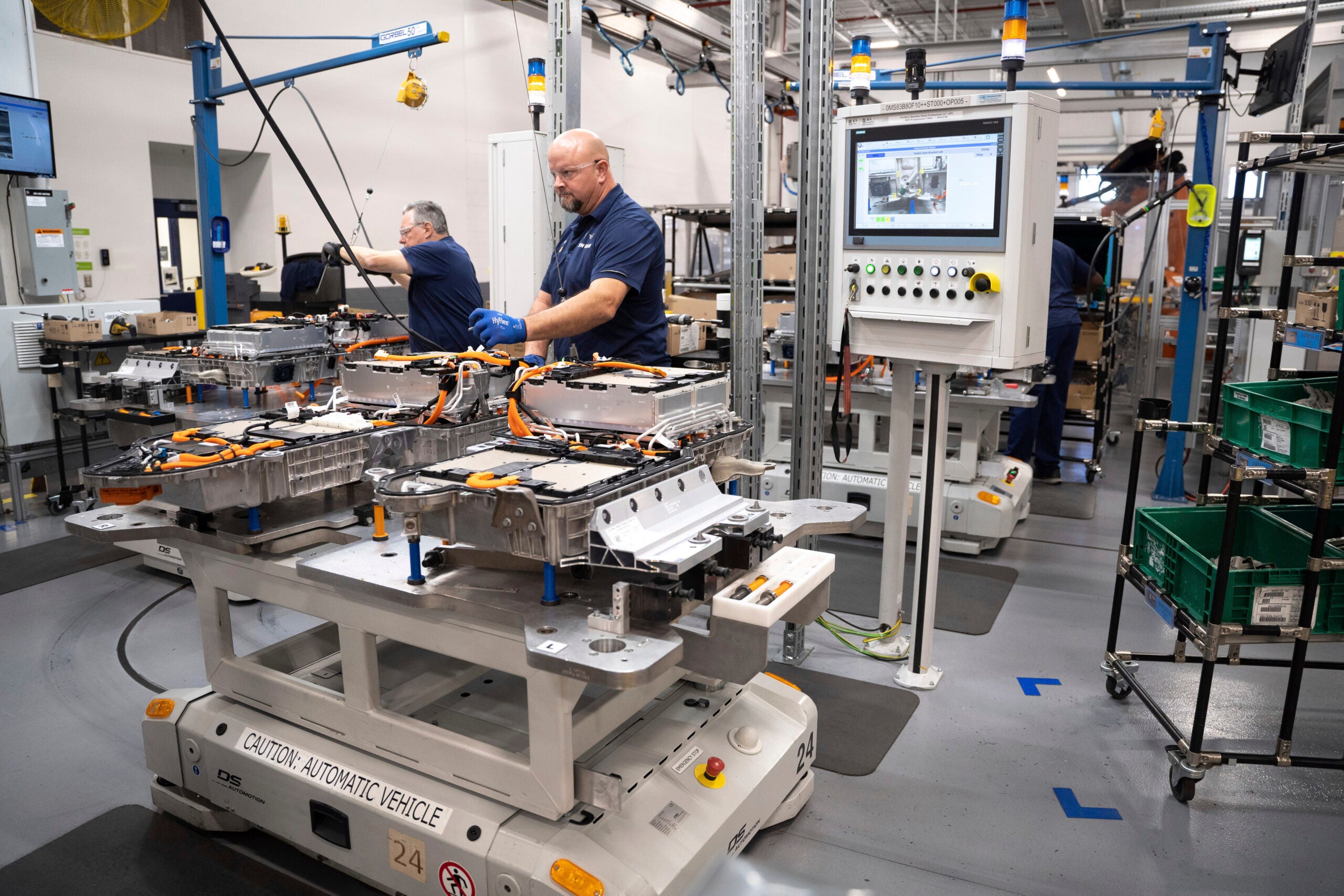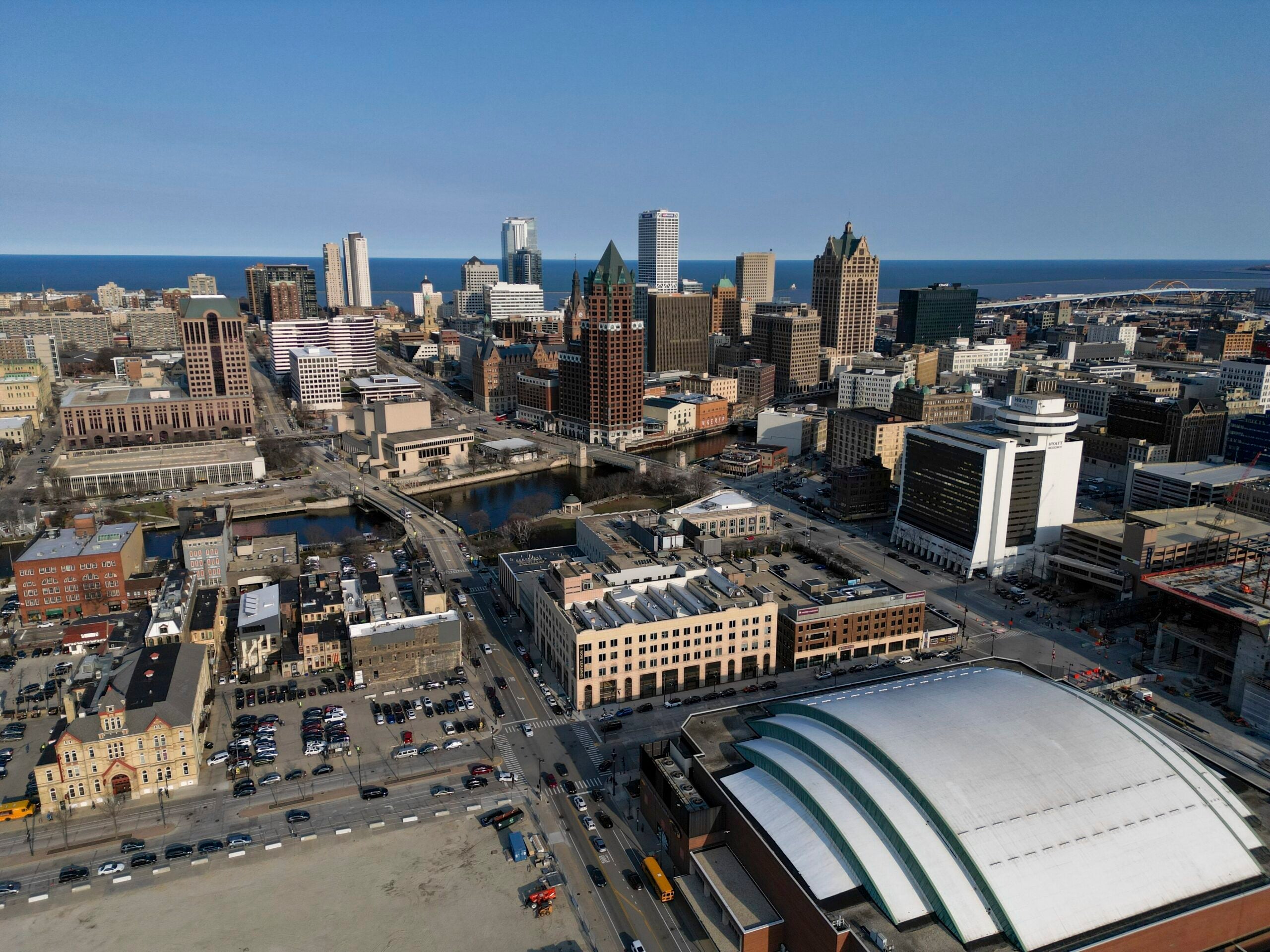Wisconsin used to be a magnet for young families. Not so much anymore, according to a new report.
Forward Analytics, the new nonpartisan research arm of the Wisconsin Counties Association, has released a new study that examines the change to the state’s population and raises concern about the state’s ability to lure people to move here. This matters because these children will grow up and replace an aging workforce in the state.
“We’ve got to figure out how to turn that around and we’ve got to do it fairly quickly because baby boomers are nearing retirement,” said Dale Knapp, research director for Forward Analytics.
News with a little more humanity
WPR’s “Wisconsin Today” newsletter keeps you connected to the state you love without feeling overwhelmed. No paywall. No agenda. No corporate filter.
Traditionally Wisconsin had no problem luring people in their 30s, 40s and even 50s to the state. They more than made up for an exodus that started in 1990, when younger people began leaving the Badger State — many of them recent college graduates, he said.
But now the state not only has fewer young people, but also those who are middle-aged. Prior to 2010, Wisconsin added 40,000 children from outside the state over a five-year period. That migration of children dropped below 10,000 from 2010 to 2015. And to top it off, Wisconsin’s birthrate has declined to its lowest rate in four decades.
The answer is migration, according to the Forward Analytics report. Lure people from other states and dissuade current residents from leaving so Wisconsin can replace retiring baby boomers over the next 15 years.
The state has been pursuing millennials, age 21 to 35, with a marketing campaign started last year under former Gov. Scott Walker.
Wisconsin hasn’t done well keeping younger millennials, who tend to prefer big cities and the entertainment options that come with them.
Families, on the other hand, might want to settle here, Knapp said because they’re generally looking for quality schools, safe neighborhoods and recreation.
“Maybe we should be looking at populations we’ve traditionally been successful at. I think it would be easier to turn that migration issue around,” he said.
The problem is that Wisconsin isn’t the only state seeking to attract people of working age. An aging population and declining birthrate are issues across the nation.
“So we have to figure out what makes us different, what makes us more attractive than Iowa, Illinois, Indiana or Minnesota. So we can attract those workers,” said Knapp. “Our long-term economy really depends on it.”
Wisconsin Public Radio, © Copyright 2025, Board of Regents of the University of Wisconsin System and Wisconsin Educational Communications Board.

